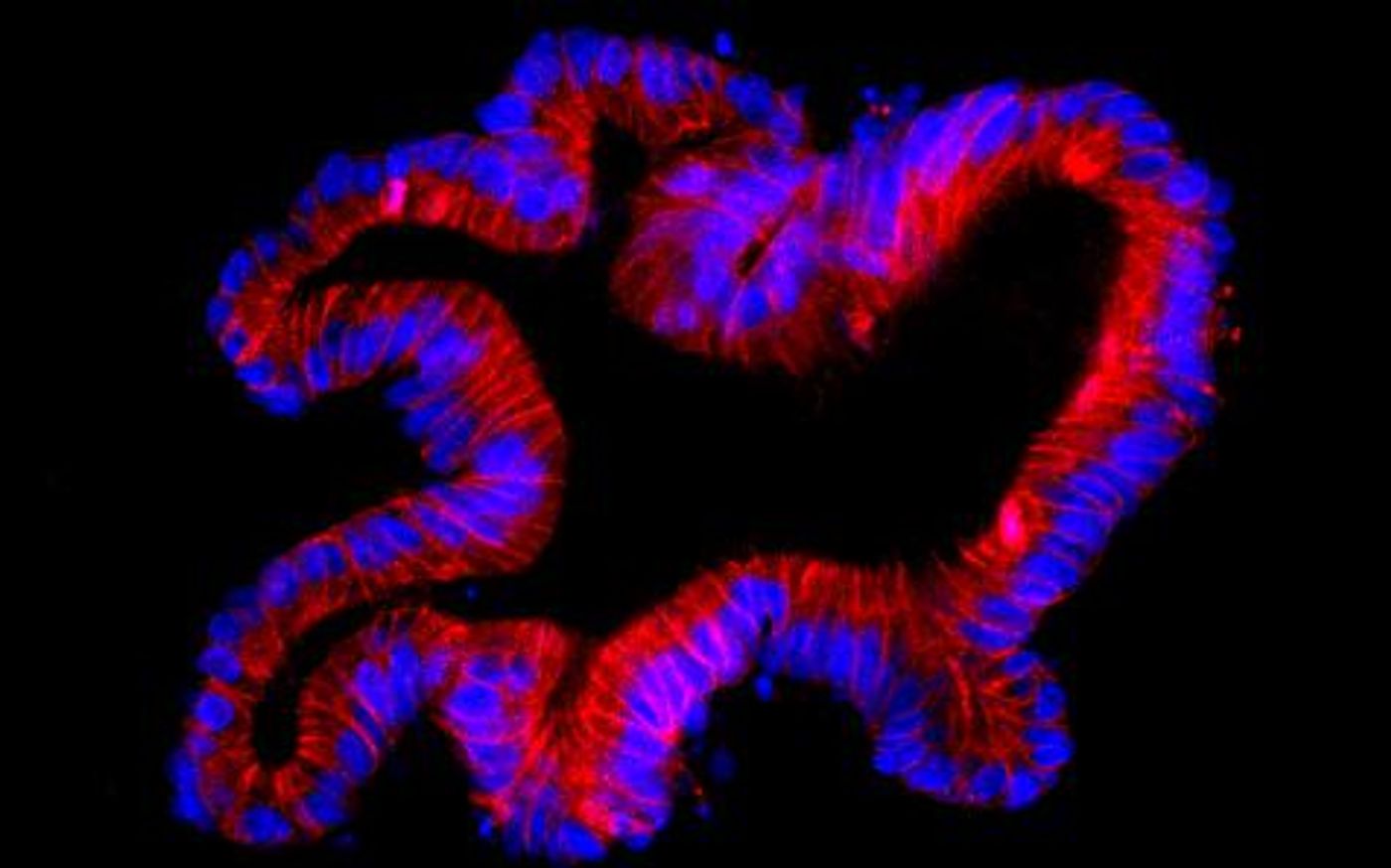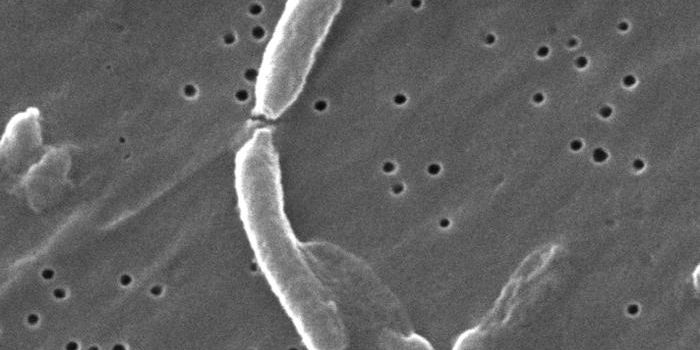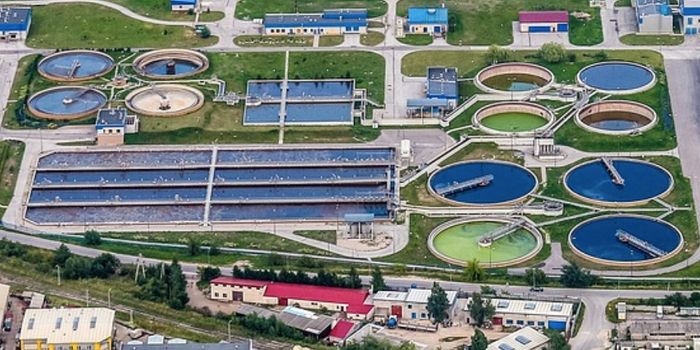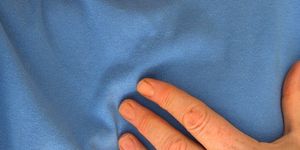A Toxin Produced by C.difficile Can Damage Intestinal Stem Cells
Intestinal stem cells help regenerate the lining of the intestine, and that lining or epithelium plays a number of critical roles in digestion, nutrient absorption, and immunity. Scientists have now learned that a bacterial pathogen called Clostridioides difficile can stop stem cells from performing their vital role in intestinal renewal. A C. difficile infection, which commonly causes diarrhea in hospital patients, can damage the stem cells in the colon by releasing a toxin called TcdB. The bacterium impairs gut tissue repair and interferes with disease recovery. These new findings, which have been reported in the Proceedings of the National Academy of Sciences, may help us learn more about preventing or treating illness.
"Our study provides the first direct evidence that a microbial infection alters the functional capacity of gut stem cells," said stem cell biology expert and study author Professor Helen Abud of Monash University. "It adds a layer of understanding about how the gut repairs after infection and why this superbug can cause the severe damage that it does. The reason it's important to have that understanding is that we're rapidly running out of antibiotics - we need to find other ways to prevent and treat these infections," she added.
C. difficile infections used to occur most often in people that were taking antibiotics. These drugs disrupt the microbial community in the gut, and enable bacterial pathogens to gain a foothold there when the good bacteria has been wiped out. Now clinicians are beginning to see the infection in wider demographics.
"It shows that the toxins C. difficile makes are very important - TcdB targets the stem cells and damages them directly," said study author Professor Dena Lyras, an expert in infectious diseases. "As a consequence, the gut can't be repaired. So where it normally takes five days to regenerate the gut lining, it can take more than two weeks. This can leave patients (particularly people aged over 65 years and who are already debilitated) with pain, life-threatening diarrhea, and other serious conditions.
"By understanding this new mechanism of damage and repair, maybe we can find ways to prevent the damage happening or develop new treatments," said study author Dr. Thierry Jardé of the Abud lab.
"There are a lot of different conditions that can make the gut more vulnerable - maybe there's a common way we can target them too instead of thinking in isolation about an infectious disease problem," said study author Dr. Steven Mileto of the Lyras lab.
Sources: AAAS/Eurekalert! via Monash University, Proceedings of the National Academy of Sciences









